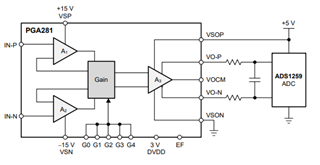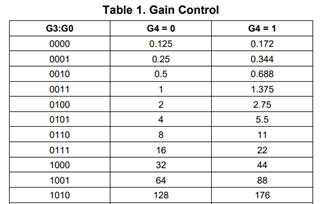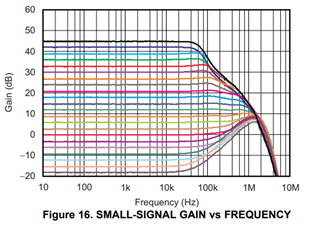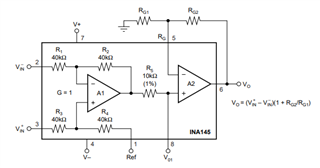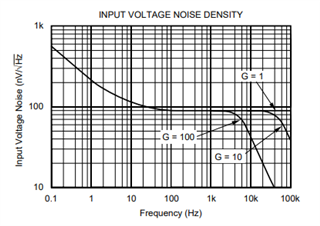Other Parts Discussed in Thread: ADS1284, PGA281, INA145
Hi to all!
I'm trying to design ADC with variable full scale, so I need selectable variable gain stage (attenuator).
In this discussion it was explained how get gain different than 10 (smaller than 10, bigger than 1).
https://e2e.ti.com/support/amplifiers-group/amplifiers/f/amplifiers-forum/936115/ina143-can-i-make-the-gain-of-ina143-smaller-than-10?tisearch=e2e-sitesearch&keymatch=INA143#
So I supposed to use INA143 to reduce amplitude (instead using G=0.1 and further gain in a second block, to make noise com
What about gain smaller than 1?
I need selectable gains:
- x0.125
- x0.250
- x0.350
Can I simply add series resistors (0.1%) to inputs, such in discussion above? (e.g. 25kOhm 0.1% resistors for gain=0.35)
Is there a suggested way to select resistors (such an alanog switch/mux)?
Thanks.



